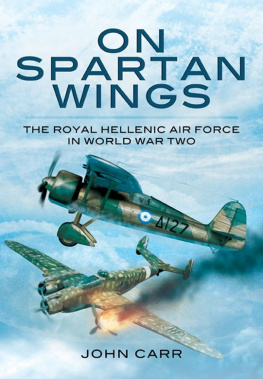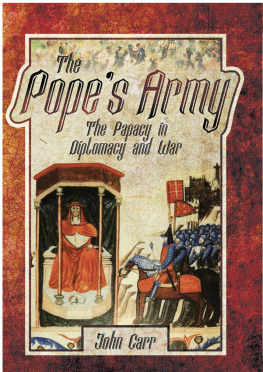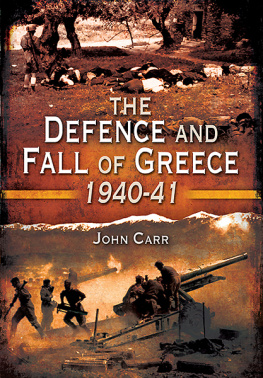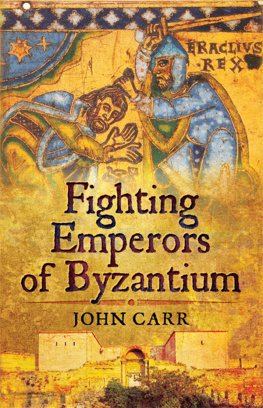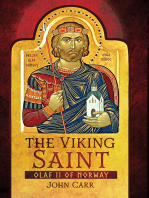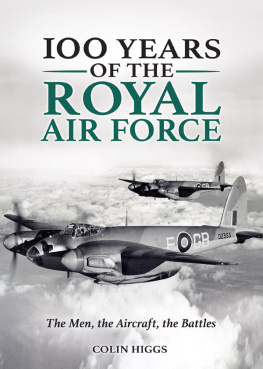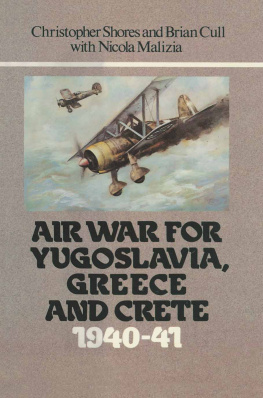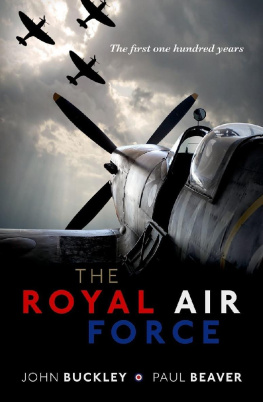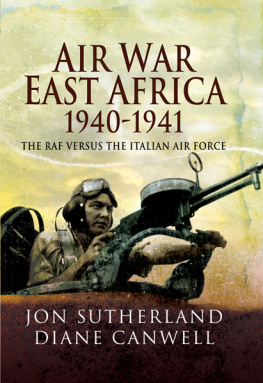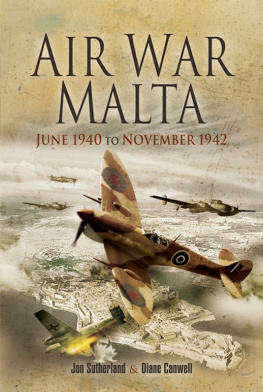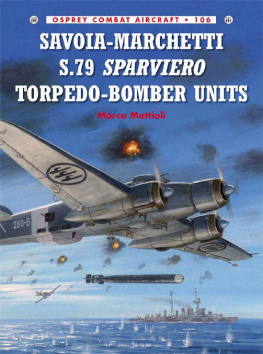Operations: 2 U-boats sunk, 5 possibly sunk, 3 damaged. 6 railway lines destroyed, 1 ammunition dump, 9 port facilities, 3 road bridges, 7 railway stations, 3 factories, 7 fuel dumps and 5 concentration camps.
Operations: Italian HQ at El Alamein destroyed, plus miscellaneous road and rail vehicles. Two German aircraft shot down and 2 more destroyed on the ground.
Operations: Targets identical to 335 Mira. One German aircraft shot down.
Appendix II
Scores and Victories
The subject of just how many enemy aircraft were destroyed by the RHAF in the war up to the end of April 1941 is a vexed one, as is the related issue of which Greek airmen, if any, are entitled to ace status. Many official squadron records were either lost or destroyed in the chaos of the war and German occupation. Individual reminiscences, of course, are not necessarily trustworthy. To complicate matters further, the RHAF at the time had no systematic kill reporting procedures in place. Successes were hastily reported in log books with no apparent effort to check their accuracy
Nonetheless, serious efforts to get at the truth have recently been made, most notably by an ex-naval officer, Nikolaos Christophilis, who in an exhaustive study (Weapons and Victories of the Greek Air Force, 194041) comes up with a mimimum of sixty-eight confirmed kills and twenty-three probables between 28 October 1940 and the end of April 1941. The figures are derived from a comparative evaluation of data supplied by the Hellenic Air Force Historical Museum and those of the late Air Marshal Kelaidis, who as a group captain at the time headed Greeces fighter command. To this figure may be added three confirmed victories against Luftwaffe aircraft in the few days before the Greek capitulation.
Italian loss figures are especially hard to ascertain, as in many cases RHAF and RAF pilots claimed joint credit. The RAF claimed 150 Italian aircraft shot down an almost certain exaggeration, as the Italians own loss figure comes to 65, though they state their damaged figure at a rather startling 495.
Figuring out who was Greeces ace pilot in that period is equally problematic. Christophilis gives the accolade to Flight Lieutenant Andreas Antoniou of 22 Pursuit Mira, credited with four confirmed personal kills and at least a couple of possibles, which, with a bit of generosity, would probably get him the traditional five-kill qualification for ace. The number two spot goes to Flight Lieutenant Yannis Kellas of 21 Mira and number three to Flight Sergeant Epaminondas Dangoulas of 22 Mira.
Epilogue
No Rest for the Weary
The long-suffering people of Athens were given less than two months in which to enjoy their fragile liberty. In early December 1944 the armed KKE made its bid for power by triggering an uprising in the city. The national Greek Army had barely had time to reassemble, having to leave the first phase of the fighting to the gendarmerie that only just saved the day with the timely intervention of British troops and the RAF. When Winston Churchill flew to Athens on Christmas Day he found himself in a war zone.
Order was gradually restored in early 1945, thanks partly to the efforts of the Spitfires of 94 Squadron, which neutralized communist forces in key areas, and of the British Army, which suffered some 2,000 casualties in the process. RAF personnel captured by the communists were subject to severe abuse and near-starvation. Yet a continued RAF presence in Greece was necessary to help the RHAF build itself up to be able to handle the second round of the communist insurrection that broke out in 1946 in the mountains. The civil war lasted more than three years. The RHAF was able to play a decisive role in suppressing the rebellion in the spring of 1949 when it acquired forty-two Curtiss SB2C Helldivers from the United States. The Helldiver was a demanding warbird to fly, but its four machine guns and 900 pounds of bombs made it good at accurate pinpoint attacks on communist positions. The RHAFs Spitfires also did sterling ground-attack work, though their inherent unsuitability for mountain work caused a lot of accidents. Within months the rebellion was defeated, and Greece narrowly escaped being dragged behind the Iron Curtain.
The bomber squadron, 13 Mira, went on to continue its long career. After giving back its Baltimores to the RAF, in 1950 it acquired Douglas C47 Dakota transports modified to carry 5,000 kilos of bombs each. These went to Korea as part of the United Nations force. The squadron also had nineteen Wellingtons acquired in 1945, which served for two years. Training requirements were liberally met by the United States, which delivered at least fifty T6 Harvard trainers.
The RHAF received its first jets in 1952, the year that Greece joined Nato. No fewer than 117 Republic F84G Thunderjets went to equip 335, 336, 337, 338, 339 and 340 Fighter Mirai. In 1973, with the abolition of the Greek monarchy, the RHAF became the HAF. Since the late 1980s the HAF has been getting plenty of practice. Just as, for example, the RAFs reflexes are periodically tested by the irruptions of Russian reconnaissance bombers over northern seas, the Greek fighter mirai often scramble their General Dynamics F16s and Dassault Mirage 2000s to confront Turkish manoeuvres over the Aegean Sea. No one seriously foresees a war with Turkey over disputed points in the Aegean area. But there is no doubt that the occasional mock dogfights over the idyllic islands serve to keep the pilots in shape.
After Greece fell Mitralexis, the early hero of the air war, made his way to North Africa to join his fellows, serving in 13 Mira throughout. In 1947, as a squadron leader, he retained enough prestige to be included in an RHAF mission to London to seek RAF help in organizing flying training. On 19 September 1948, now a wing commander, he was a passenger in an Airspeed Oxford on a reconnaissance flight from Rhodes over the Aegean Sea when an engine failed and the aircraft crashed into the sea near the island of Tinos. All on board perished. To this day, the crash remains unexplained. He left behind his widow, Anna, and two infant children.
George Lambropoulos received his pilot officers commission in June 1945 and continued his service with the Spitfires of 335 Mira, this time against the communist strongholds in the northern Greek mountains. On 1 July 1948 an insurgent anti-aircraft shell penetrated his Spitfires fuselage just behind his seat, severing the elevator cables. Using his trim tabs alone he managed a hazardous landing at Kozani, earning him a citation from Group Captain Kelaidis and praise from a USAAF colonel who claimed that nothing like it had been accomplished before.
On 26 August 1951 Flight Lieutenant Lambropoulos led two Douglas C47 Dakotas of 13 Mira from Eleusis to the RHAFs most distant mission yet Korea. They were to replace two other C47s sent the previous November and since lost. The Greek Dakotas acquitted themselves well delivering supplies to and evacuating dead and wounded US marines from the frozen salient at Hagaru-ri. The RHAF lost twelve men in the Korean War, including Wing Commander Frangoyannis, a former warrant officer in the Second World War. With the Korean armistice in 1953, 13 Mira had been almost continuously in action for thirteen years.

